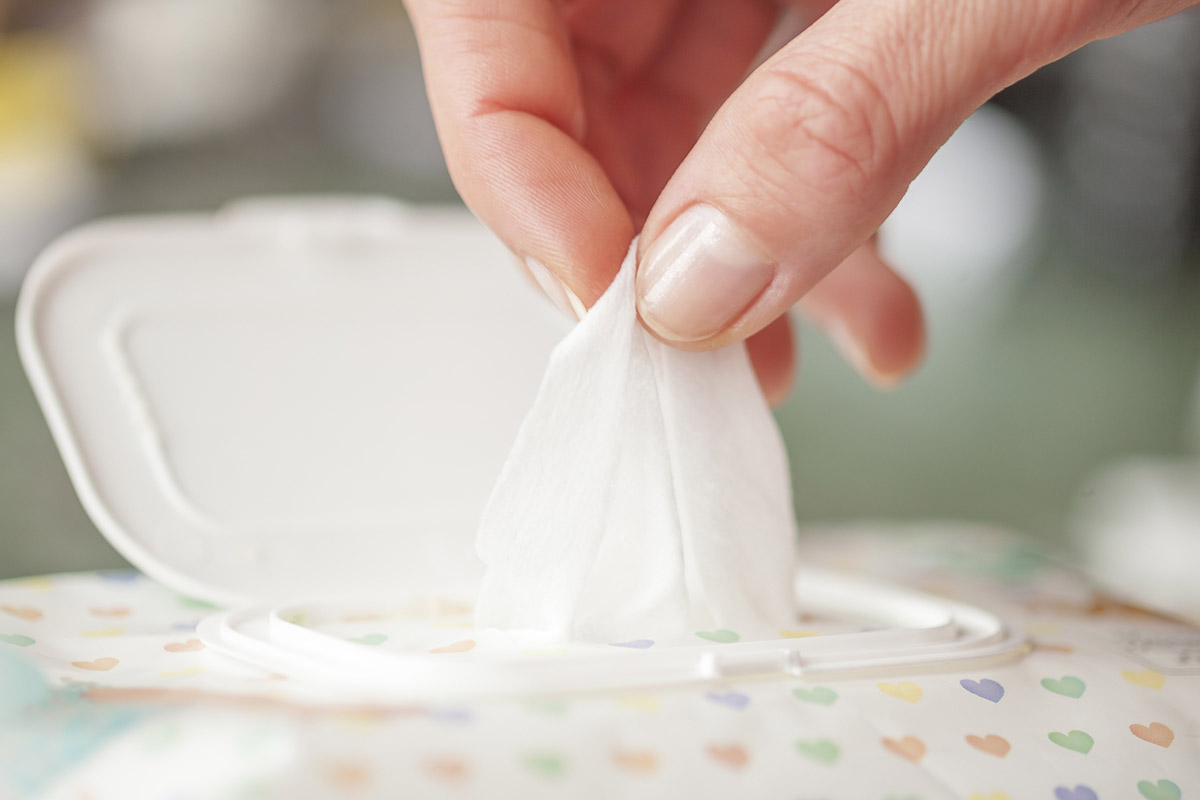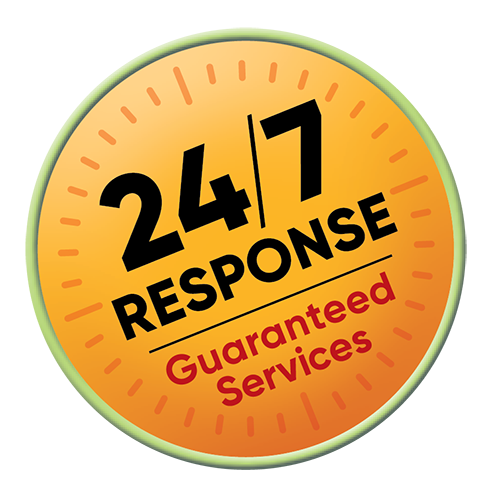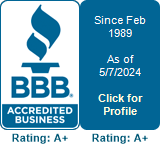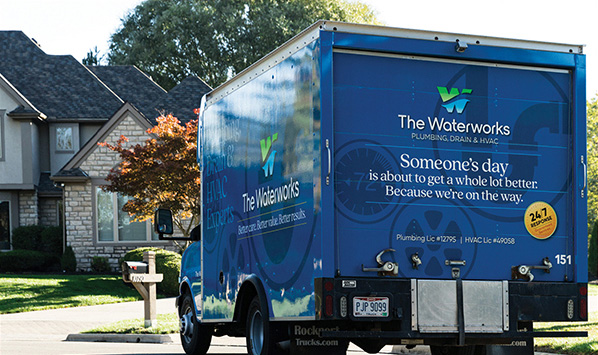
How Flushable are Flushable Wipes
Since the first time you tried one, you’ve been hooked on flushable wet wipes, and you aren’t the only one. The wet wipe industry had approximately $2.1 billion in sales in 2018 and is projected to hit $3.5 billion by 2023.
But perhaps you’re starting to wonder—are they really flushable? There has been plenty of debate on both sides as to what this means, how to enforce potential regulations and quality standards, and even if there is a problem with wet wipes to begin with. The truth is flushable wipes may not be all they are claimed to be..
In our modern society, it’s easy to play the “out of sight, out of mind” card when it comes to our waste and the complicated plumbing system that takes care of it. But just because you don’t see a problem now, doesn’t mean one isn’t there that could turn into a disaster for your home or business.
Are flushable wipes “flushable”? The answer is yes. When disposed in the toilet bowl and flushed, they will disappear along with the rest of the water and waste. However, the ability to be flushed does not equal the fact that the wipes should not be flushed. Flushable wipes are known to damage plumbing, sewers, wastewater treatment equipment, and even the environment.
Here’s what really happens—or doesn’t—when you put that flushable wet wipe down the drain. The journey of waste through your plumbing is just turbulent enough to break apart standard toilet paper. After several drops, twists, and 90- and 45-degree bends, your waste heads for the sewer or septic tank. Anything not disintegrated on this journey can clog your pipes and lead to major city sewer problems.
Many flushable wet wipes do break down—but not quickly or completely enough. As they travel whole through your pipes, they can get trapped in corners, on the sides of rough pipes, or build up along with other clogs like hair, grease, and more. When these items build up and cause a clog, your only choice is to call a plumber.
Although these wipes are labeled “flushable,” they really aren’t great for your plumbing. Not only that, but non-flushable moist wipe manufacturers hide, obscure, or even leave off warning information, leading you to believe their products are flushable when they really aren’t. When large amounts of these wipes combine with grease and other flushed items in sewers, they combine into solid masses called “fatbergs.”
Most notably, fatbergs affect the United States, UK, and Australia. Some have been as long as a football field and weighed as much as a blue whale. Clearing these blockages can take weeks and New York City alone spends $4.65 million per year on removal efforts. Wet wipe manufacturers will argue that these fatbergs are caused by non-flushable wipes, not their “completely flushable” products. However, there are no standardized tests in place to qualify a wet wipe as “flushable.”
So, should you stop flushing flushable wet wipes?
Yeah, we’d recommend it. You’ll be spared the expense of calling The Waterworks for your clog emergency. Whether a wipe is truly flushable is still a matter of debate, but you can do your part for your plumbing and stop flushing wet wipes.Whether you’re experiencing a clog due to wet wipes or not, call The Waterworks for all your clogged pipe and drain cleaning needs. Whether it’s an annual inspection or a sudden backup, we are standing by 24/7 to help when you need it most. Call The Waterworks today!
Plumbing emergency? We respond any time!





